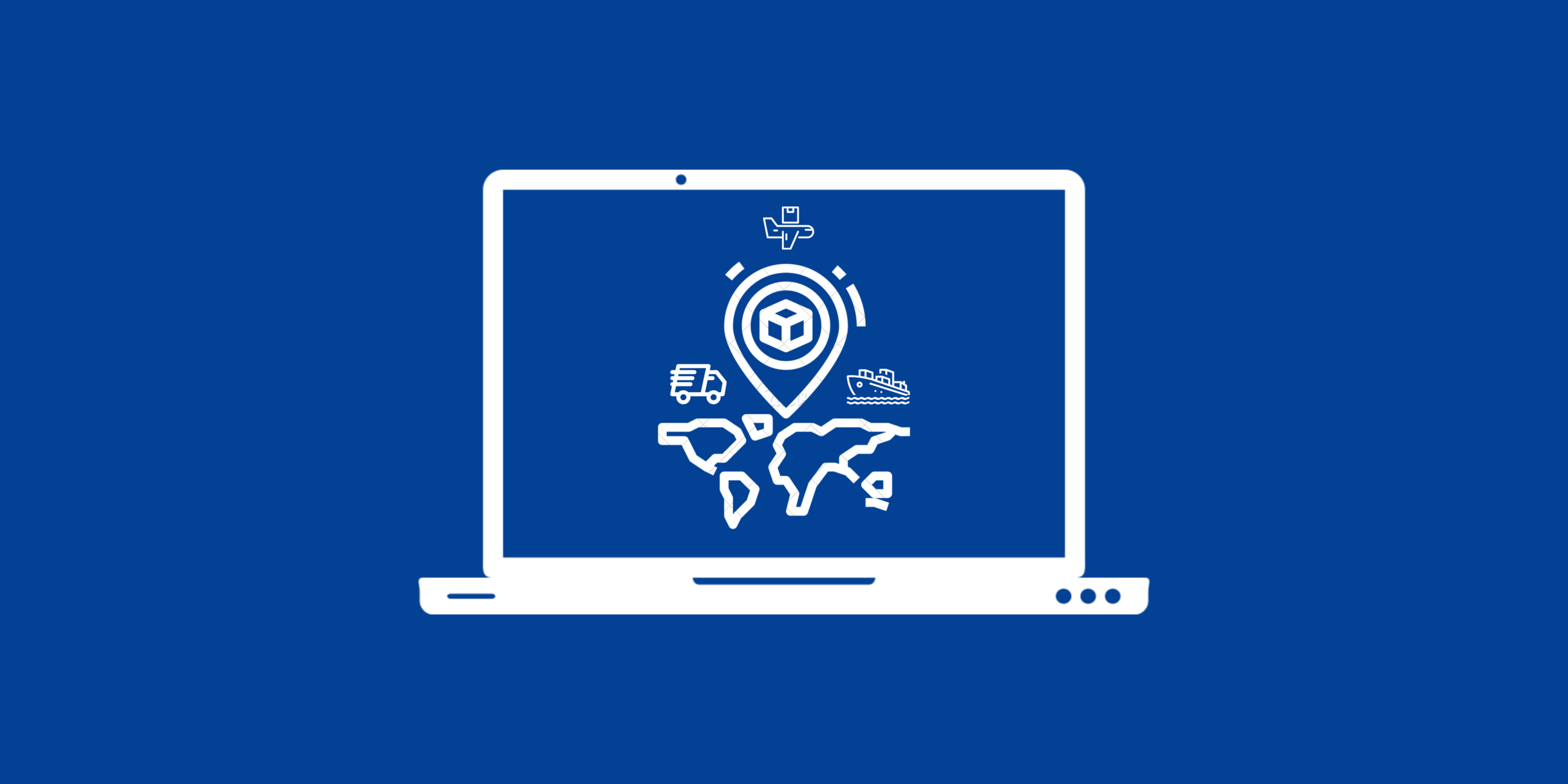Shipping Software: 7 Points To Consider Before You Buy
Shipping is an intricate process. A business may or may not have the workforce to employ a complete shipping department to handle all the complexities. Fortunately, modern technology has enabled us to automate most of the complications that traditionally accompany product shipping.
Online shopping is increasing so swiftly, especially after the pandemic. In the US alone, it is predicted that there will be 300 million online shoppers in 2023. To keep up with the demand, you need an efficient shipping process. Therefore, it becomes crucial to use shipping software to handle your end-to-end shipping process – from booking to order delivery.
There is a plethora of shipping software in the market, and it can be a daunting endeavour to select the best one for your current needs while keeping an eye on the future.
What features to consider when selecting shipping software?
If you are unfamiliar with shipping software, many options may appear identical. Not knowing what to look for makes it difficult to distinguish between software solutions. Or it may be vice-versa; you may be able to identify the distinctions but are uncertain as to which solutions are best for your business.
Here’s what you should consider when exploring the best shipping software for your business. Ask the following questions and then compare!
1. What is the pricing?
A software may provide you with all the features, but it becomes useless if the pricing is not as per your budget. Nobody desires to pay more than necessary.
Most shipping software is now provided as software-as-a-service (SaaS), meaning that you will incur monthly or annual expenses based on your subscription plan. It makes more financial sense to opt for a cloud-based SaaS solution than a costlier on-premise solution, where you are more likely to pay for features you don’t ever use.
If you are an established business, it is worthwhile to inquire about additional discounts based on your existing shipment volume.
Get 7 days free trial to our software
Limited time offer only
2. What is the maximum number of users?
Most SaaS products restrict the number of users who can access the system. Granted, they have no way to determine whether all of your employees are using the same login, but if you require support for numerous logins, you will likely be required to pay extra at some time.
Consider the number of logins provided by the software plan you’ve chosen when comparing the various plans supplied by the competitors.
3. What is the maximum order volume?
Similar to the number of logins, the number of orders you can handle through the program scales with the selected service plan. Some vendors even provide a free plan if your volume is low.
This can be a terrific method to get started on a budget and scale up as your business expands, but it should not be the only factor you consider. You must ensure that you are scaling a product that will be profitable in the long run.
4. Does it provide software integration?
You could use order-taking software, customer relationship management (CRM) software, inventory management software, or anything else that requires access to shipping data.
Having your company’s diverse software products automatically synchronized eliminates the time-consuming and often error-prone manual data entry process and streamlines your operation.
Thus it is good to consider a shipping software solution that supports all the major software integrations you may require.
5. How is customer support?
When something goes wrong with shipping, customers might get extremely upset. You are responsible for assisting those unhappy customers. Similarly, evaluating the level of assistance your vendor will provide is necessary.
You do not want to wait days for an email answer when you have an urgent or time-sensitive inquiry concerning a product you are paying for and relying on for your business’ success.
Ideally, the business you select will provide phone and live chat help. Verify if the chat is , in fact, real and not just a chatbot. When a situation goes beyond the scope of their defined routines, you may have to wait for a real person.
6. Does it provide you with API Access?
If your business has stringent shipping requirements, your software must give you access to APIs that allow you to remain in sync with incoming orders while processing current ones. The streak should never end!
7. Does it provide you with data and analytics?
You may be shipping 1000 parcels daily, but how do you keep track?
A comprehensive reporting and analytics system should be present in your shipping software. It should provide you with real-time information like the time taken for parcels to deliver, the number of undelivered orders, and sync orders to help you analyse your shipping operations. The software should allow you to make quick and informed decisions.
Final thoughts:
Start with an automation software that best fits your business needs and requirements. It would be best if you explored an easy-to-use, customizable, multi-modal logistics solution, which is also highly scalable as and when your business grows. Not to mention, such SaaS solutions are the easiest to deploy, hardly require any training to start using, and are highly intuitive. These affordable solutions make it easier for medium and smaller companies to optimize their supply chain efficiencies cost-effectively.


Get 15 days free trial to our TMS solution
Access to the most reliable sailing schedules, live port delay status, freight rate benchmark and real-time container tracking
Feel free to fix a free walkthrough demo of how GoComet’s solution can help you drive double-digit cost savings in your supply chain while eliminating all the pain points you may currently face due to the lack of automation.






